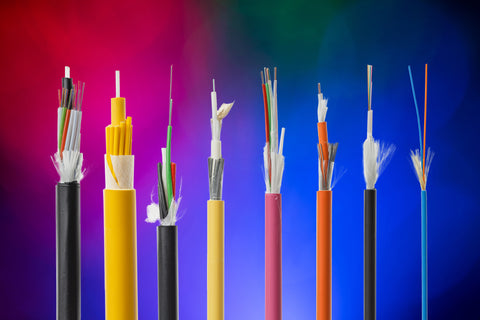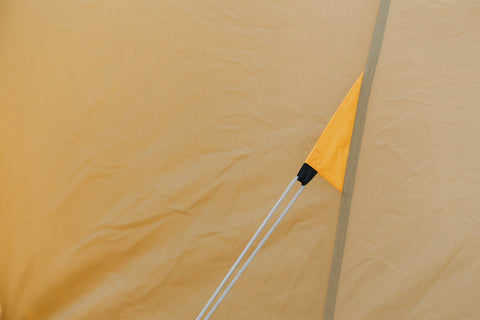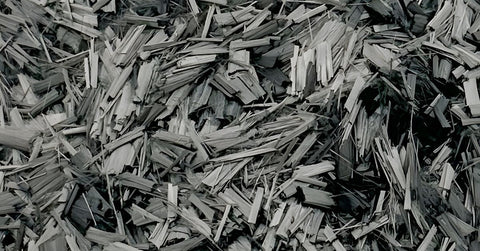Properties of High-Performance Fibers for Wire & Cable
In the realm of modern technology, wires and cables are the unsung heroes that enable seamless communication, efficient power transmission, and data transfer across the globe. Behind the scenes, high-performance fibers play a pivotal role in enhancing the functionality and reliability of these essential components. In this article, we will delve into the world of high-performance fibers used in wires and cables, focusing on their remarkable properties and versatile applications.
1. High-Strength to Weight Ratio:
High-performance fibers are prized for their exceptional strength-to-weight ratio. These fibers, which include materials like para-aramid, carbon, and glass, are engineered to withstand significant tension and stress while remaining lightweight. This property ensures that cables made with these fibers can transmit signals or power reliably over long distances without risking structural failure. Whether it's supporting suspension bridges or transmitting data through undersea cables, high-strength fibers are indispensable.
2. Dielectric Properties:
Dielectric materials are non-conductive, making them essential for insulating cables and wires. High-performance fibers often exhibit excellent dielectric properties, ensuring minimal signal loss and interference during transmission. This characteristic is especially crucial in telecommunications and electrical applications, where signal integrity is paramount.
3. Flexibility:
Flexibility is a key feature of high-performance fibers that allows cables to be easily routed through tight spaces, bent around corners, and coiled without damage. This flexibility ensures that cables can adapt to various installation scenarios, making them ideal for complex networks, automotive wiring harnesses, and aerospace applications.
4. High-Temperature Resistance:
Many high-performance fibers possess impressive resistance to high temperatures. This attribute is critical in environments where cables are exposed to extreme heat, such as in industrial machinery or aerospace equipment. These fibers maintain their structural integrity and performance even when subjected to intense heat, ensuring the safety and reliability of critical systems.
Utilization of High-Performance Fibers in Wire and Cable Designs
1. Strength Members:
High-performance fibers are often incorporated into cable designs as strength members. These fibers provide the necessary tensile strength to prevent cable sagging, especially in aerial or long-span installations. By adding strength members, cables can maintain their structural integrity over extended distances, reducing the need for frequent maintenance and repair.
2. Braided Jackets:
Braided jackets made from high-performance fibers enhance the overall durability and flexibility of cables. These jackets serve as protective layers that shield cables from external mechanical stress, abrasion, and environmental factors. Whether used in rugged outdoor environments or within industrial machinery, braided jackets help extend the lifespan of cables.
3. Binders/Wrapping Yarns:
Binders or wrapping yarns made from high-performance fibers play a crucial role in maintaining cable integrity. They secure individual cable components, preventing them from shifting or deforming during installation or use. These fibers ensure that cables maintain their intended geometry and functionality, even in demanding conditions.
High-performance fibers have revolutionized the wire and cable industry by offering a unique blend of strength, dielectric properties, flexibility, and high-temperature resistance. Their versatility in cable design, as strength members, braided jackets, and binders/wrapping yarns, enables the creation of reliable and high-performing cables for various applications. As technology continues to advance, these remarkable fibers will play an ever-expanding role in powering our interconnected world.



